You have not yet added any article to your bookmarks!

Join 10k+ people to get notified about new posts, news and tips.
Do not worry we don't spam!

Post by : Anis Farhan
India’s Commerce and Industry Minister, speaking from Abu Dhabi, declared that the two countries are aiming to raise their current non-oil, non-precious metal bilateral trade—which is roughly US$50-55 billion—up to US$100 billion within the next three to four years.
The announcement came during the 13th India-UAE High-Level Task Force on Investments. This body, co-chaired by Indian and UAE leaders, is designed to monitor and drive investment and trade cooperation between both countries.
In the first half of 2025, trade in the non-oil / non-precious metal sectors between India and UAE saw a sharp rise—about 34 percent higher than in the same period in 2024.
The UAE has also expressed strong interest in large-scale investment in India’s financial markets and in jointly developing infrastructure projects in third countries, particularly in housing and related sectors.
There is also intent to build trade support mechanisms: one example is Bharat Mart, a proposed warehousing and exhibition facility in the UAE that would help Indian exporters better display and distribute their goods in the Gulf region.
This move reflects a broader strategy to reduce dependence on oil and commodity trades, which are subject to global price swings, and instead promote more stable, diversified trade in value-added sectors.
The India-UAE Comprehensive Economic Partnership Agreement, in effect since 2022, has already lowered many trade barriers. The new target builds on the progress made under CEPA and aims to accelerate momentum in sectors where both sides have comparative advantages.
India stands to benefit in several ways: expanding exports in sectors like textiles, leather, food processing, home decor, fisheries, and pharmaceuticals; creating jobs; increasing value addition locally; improving balance of trade in non-commodity goods.
For the UAE, diversifying imports, increasing investment exposure in India, and partnering in infrastructure and third-country development helps reduce overreliance on energy and precious metal trade and aligns with its goal of becoming a global trade & investment hub.
Trade infrastructure and facilitation—such as warehousing, exhibition hubs, and smoother financial/settlement processes—will become more important. Improving ease of operations, customs, logistics will help reduce transaction costs and boost competitiveness.
To meet this goal, several initiatives and plans are part of the working agenda:
Joint infrastructure projects in third-country regions (like parts of Africa or Gulf nations), combining UAE capital with Indian workforce and expertise.
Strengthening export readiness and supply chain capacity in key Indian sectors (for example, ensuring quality, packaging, timely delivery in textiles, leather, food processing, etc.).
Setting up or expanding trade facilitation infrastructure such as exhibition-warehousing hubs, designed to help Indian exporters showcase goods in the UAE market efficiently.
Exploring investment from UAE into Indian financial markets and strengthening educational/trade policy institutions (for example, trade training, policy think tanks) to support the increased trade flow.
Working on financial mechanisms that make cross-border trade easier—such as simplifying payments, possibly greater use of local currency settlements, reducing financial friction.
While the goal is bold, there are several obstacles that could make achieving it harder:
Quality, packaging, branding, and export standards will need to be brought up to high international levels in many Indian businesses, especially smaller firms.
Logistics, customs-clearance, transportation and warehousing infrastructure need further strengthening to avoid delays or cost overruns.
Non-tariff barriers—such as technical or sanitary standards, licensing, inspection rules—could slow down trade or increase costs.
Competition from other export countries that already dominate certain sectors (textiles, leather goods, etc.) may mean pricing pressures or thin margins for some players.
Currency risk, payment clarity, and trust in financial arrangements across borders will need careful handling to avoid trade friction.
Market demand in the UAE and via the UAE into other regions must be nurtured—exporters will need to adapt to tastes, required certifications, and timely delivery.
If executed well, this trade expansion could have wide-ranging impact:
Significant job creation in manufacturing, logistics, trade support services, packaging, and beyond.
Improved incomes for exporters and small and medium enterprises, especially if local value addition increases.
Growth of allied industries—warehousing, cold-storage, transport, finance, export services—which all benefit from increased trade flow.
Stronger economic ties between India and UAE not just in trade, but in investment, education, tech, infrastructure.
Possibly more balanced trade relationships, less vulnerability to oil price swings or commodity market shocks.
To assess progress, these are key signposts:
Annual or bi-annual data on non-oil, non-precious metal trade between India & UAE: how much it grew, comparing to baseline.
Finalisation and implementation of infrastructure & trade facilitation initiatives—especially Bharat Mart, warehousing/exhibition spaces, ease of customs, logistics improvements.
Growth of investment flows from UAE into Indian sectors beyond the traditional ones—defence, aerospace, real estate, technology, etc.
How quickly Indian exporters scale up quality standards, packaging, branding, and export compliance.
Any new agreements or institutions formed as part of bilateral cooperation—e.g. trade policy councils, export promotion bodies, financial settlement mechanisms.
India and the UAE have set a challenging yet achievable goal: to double the value of their trade in sectors beyond oil and precious metals to reach about US$100 billion within 3 to 4 years. It reflects a keen desire to shift from commodity-based trade into more stable, high-value sectors—textiles, pharma, food processing and others. The path forward involves better infrastructure, smoother trade processes, stronger export capabilities, and curated cooperation. If all the pieces fall in place, both nations stand to gain significantly—economically and strategically.
This summary is based on public information available as of mid-September 2025. Specific figures, timelines, or policy actions may change.
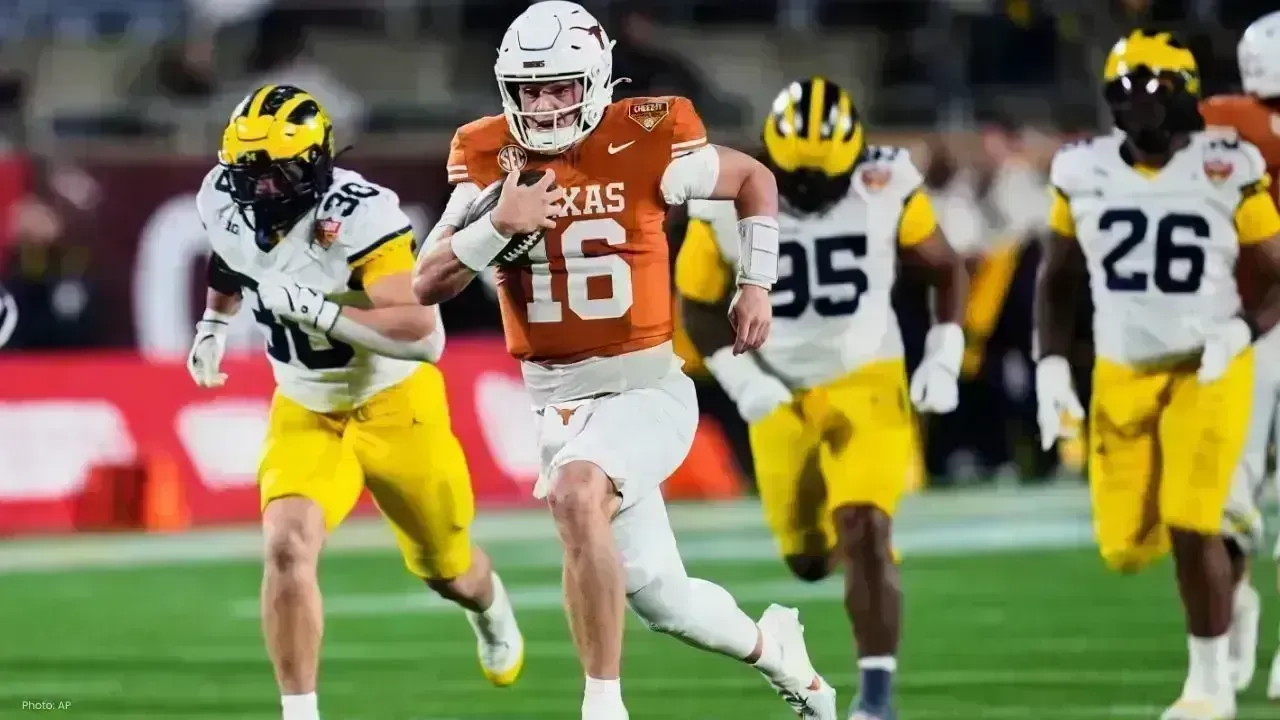
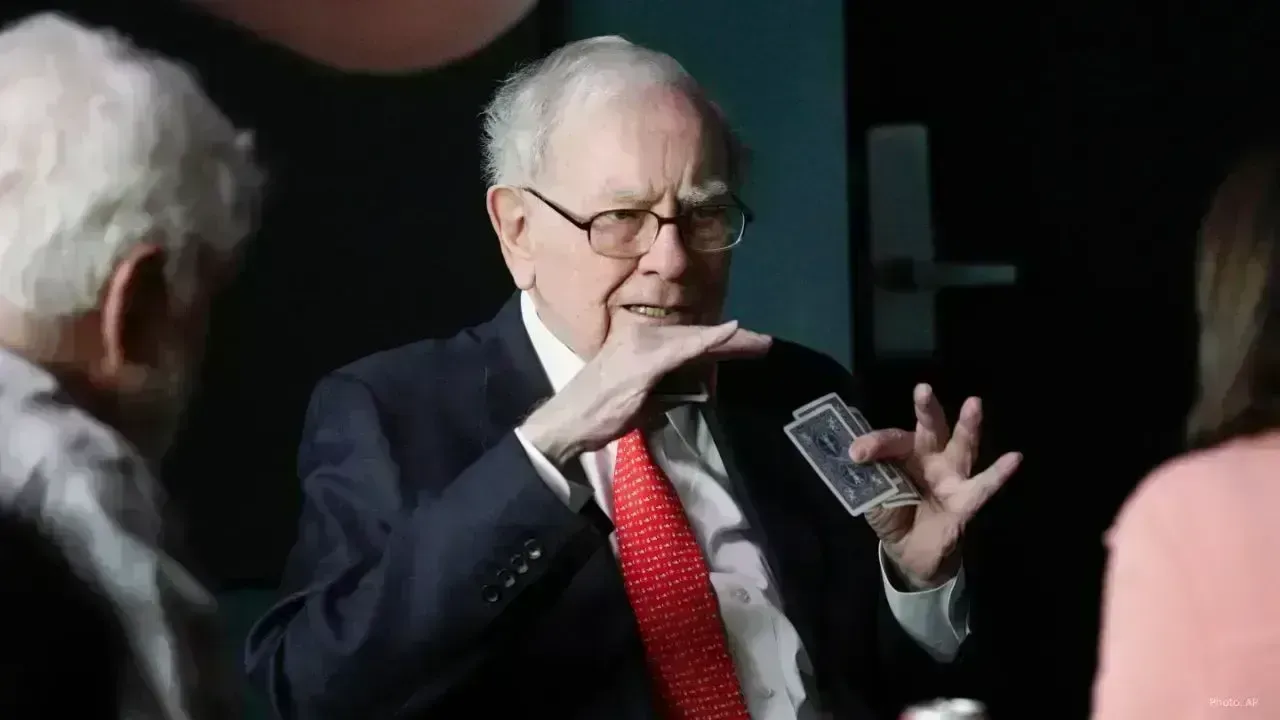
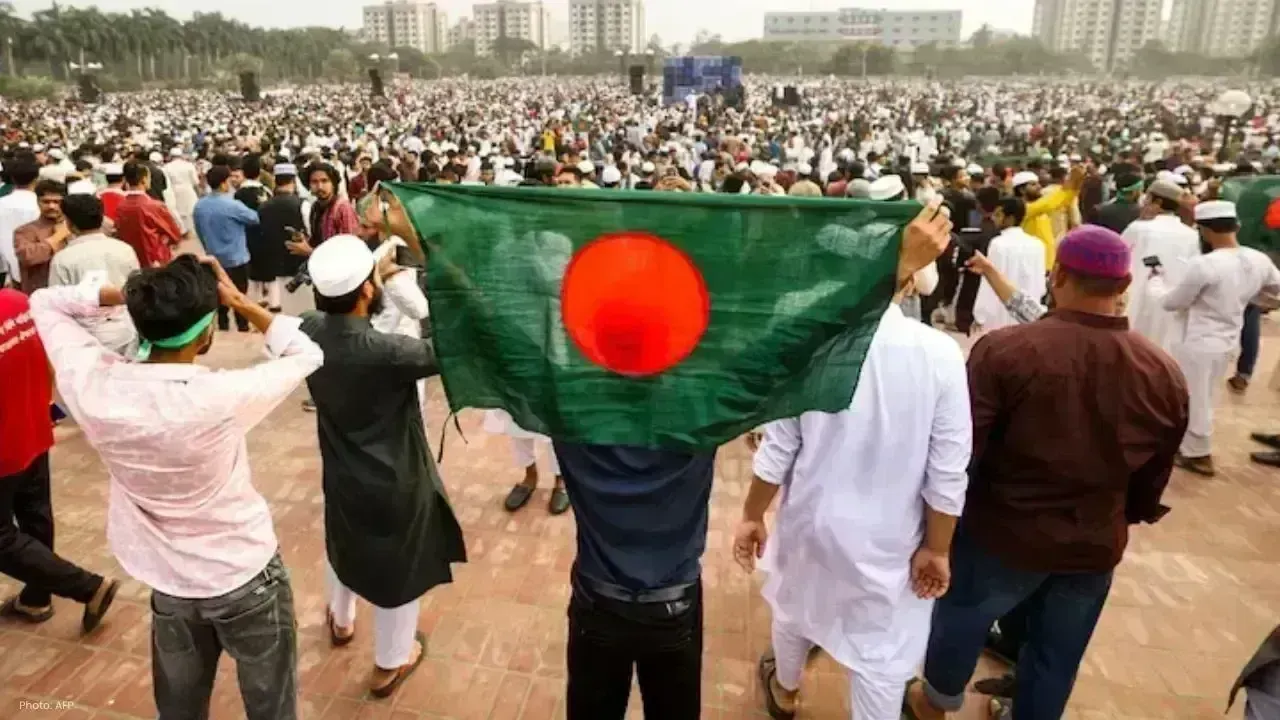
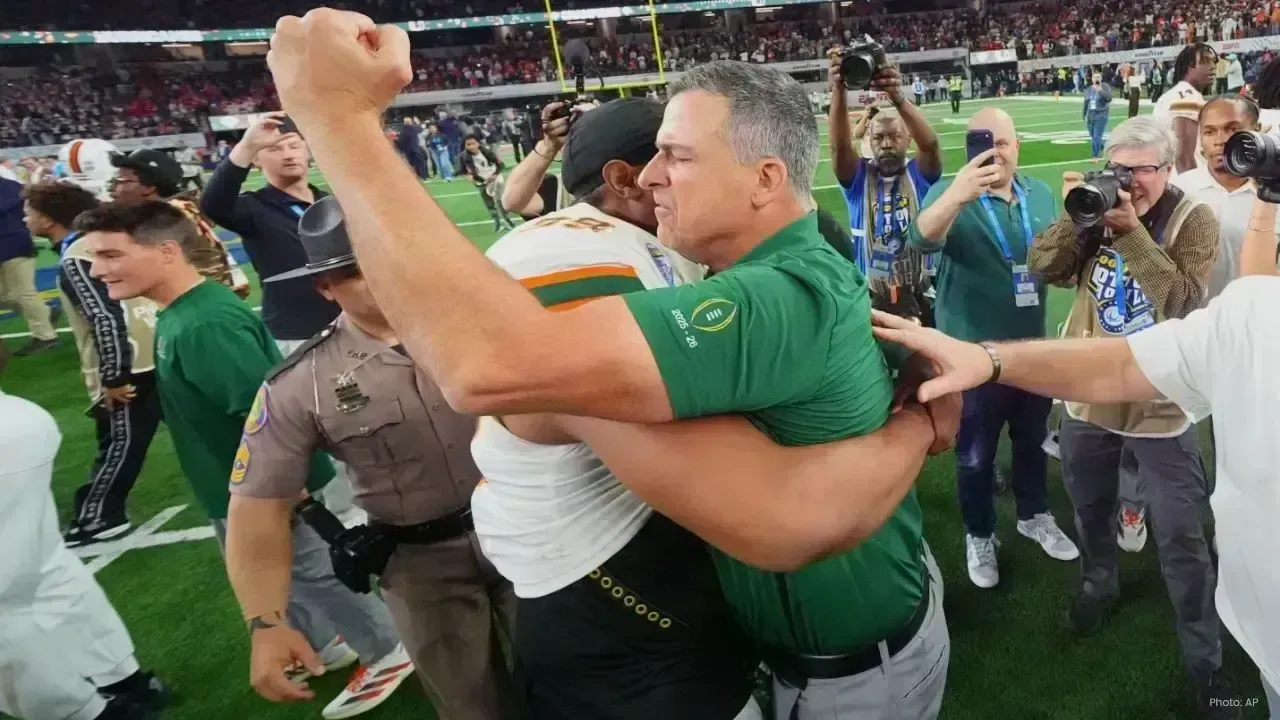


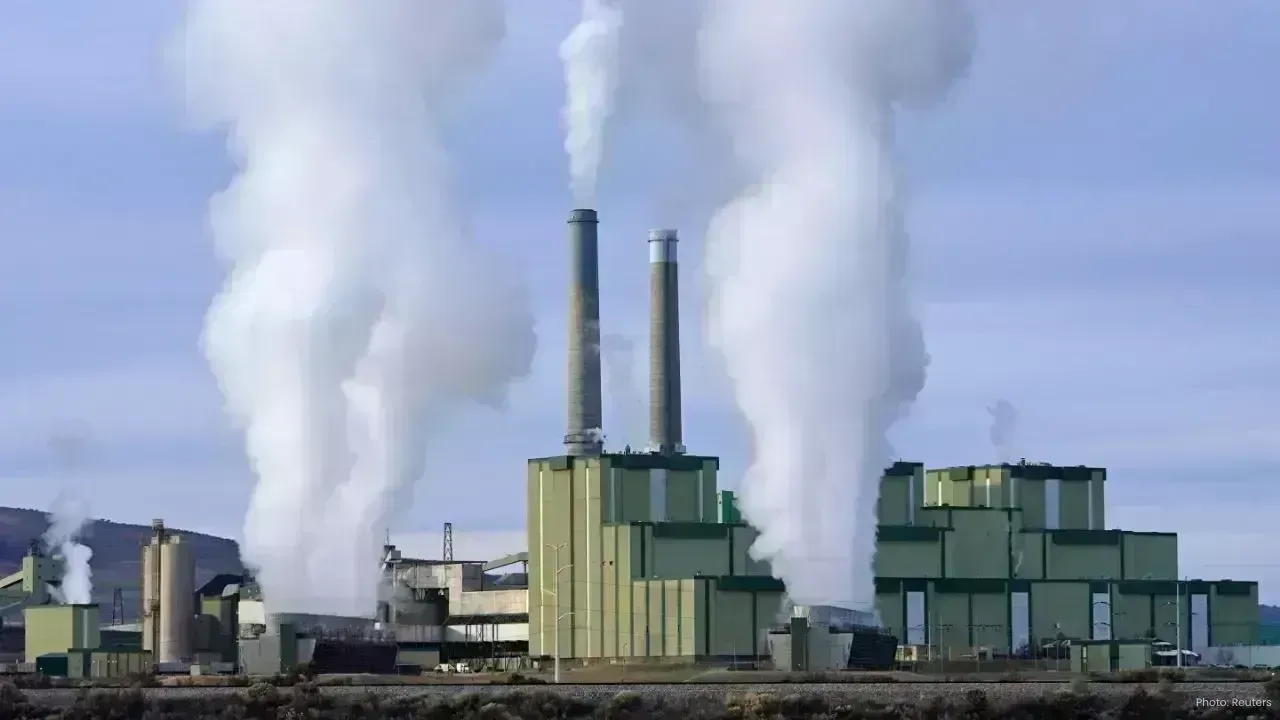
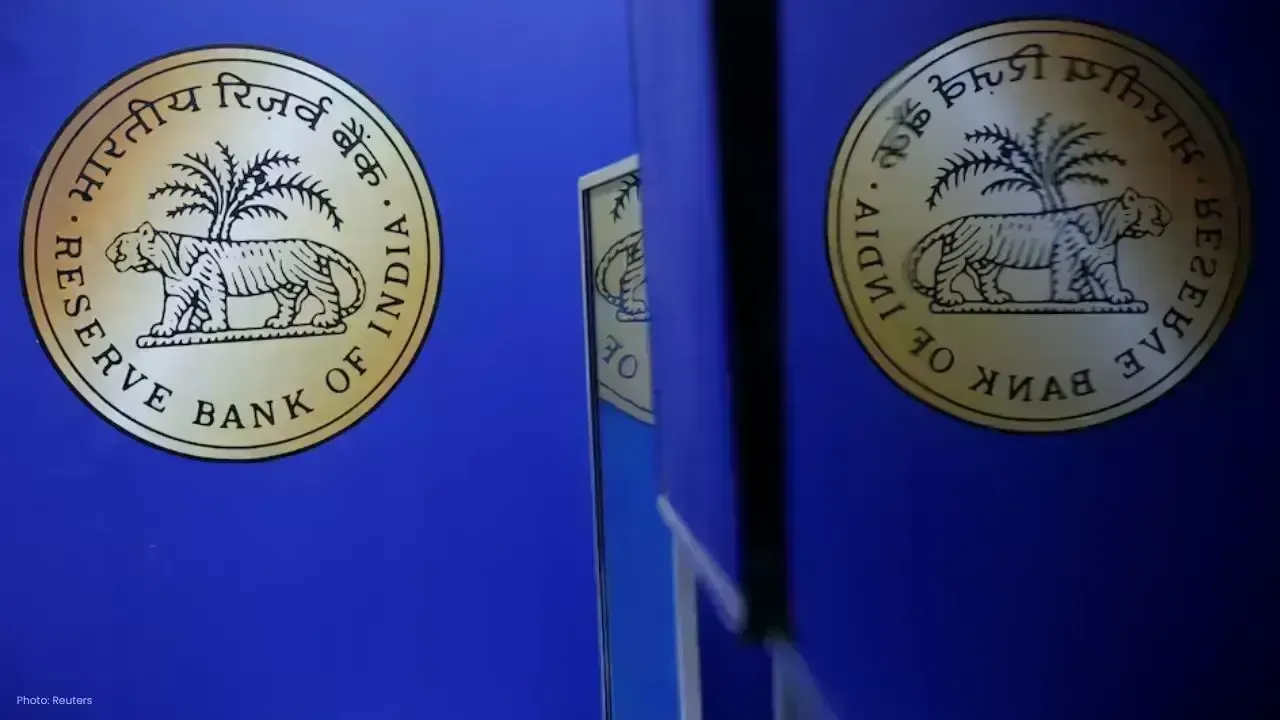


Kim Jong Un Celebrates New Year in Pyongyang with Daughter Ju Ae
Kim Jong Un celebrates New Year in Pyongyang with fireworks, patriotic shows, and his daughter Ju Ae

Dhurandhar Day 27 Box Office: Ranveer Singh’s Spy Thriller Soars Big
Dhurandhar earns ₹1117 crore worldwide by day 27, becoming one of 2026’s biggest hits. Ranveer Singh
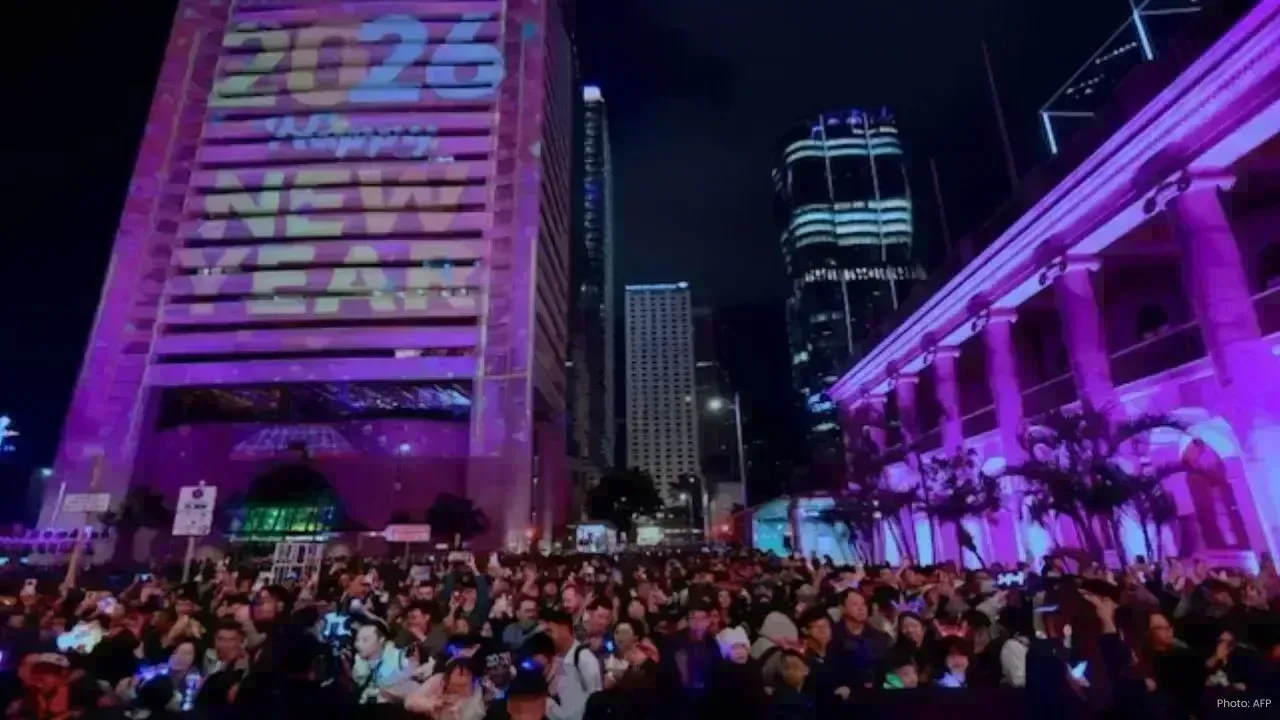
Hong Kong Welcomes 2026 Without Fireworks After Deadly Fire
Hong Kong rang in 2026 without fireworks for the first time in years, choosing light shows and music

Ranveer Singh’s Dhurandhar Hits ₹1000 Cr Despite Gulf Ban Loss
Dhurandhar crosses ₹1000 crore globally but loses $10M as Gulf nations ban the film. Fans in holiday
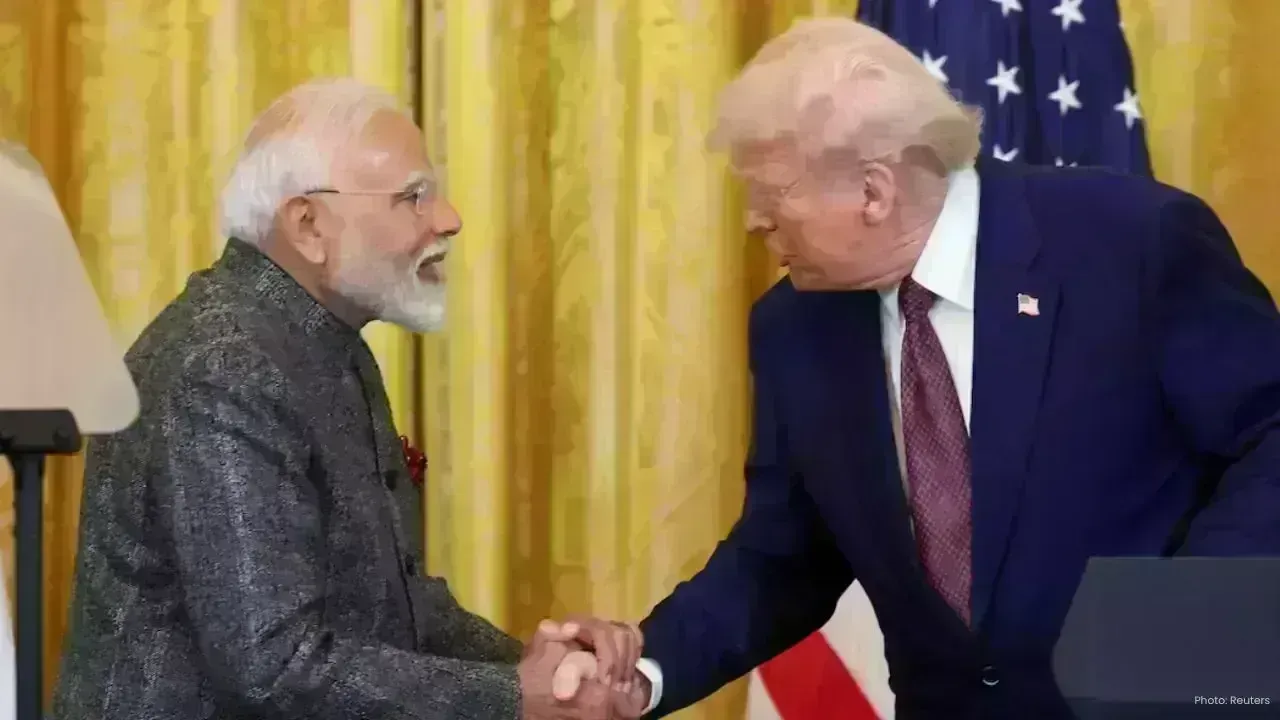
China Claims India-Pakistan Peace Role Amid India’s Firm Denial
China claims to have mediated peace between India and Pakistan, but India rejects third-party involv

Mel Gibson and Rosalind Ross Split After Nearly a Decade Together
Mel Gibson and Rosalind Ross confirm split after nearly a year. They will continue co-parenting thei